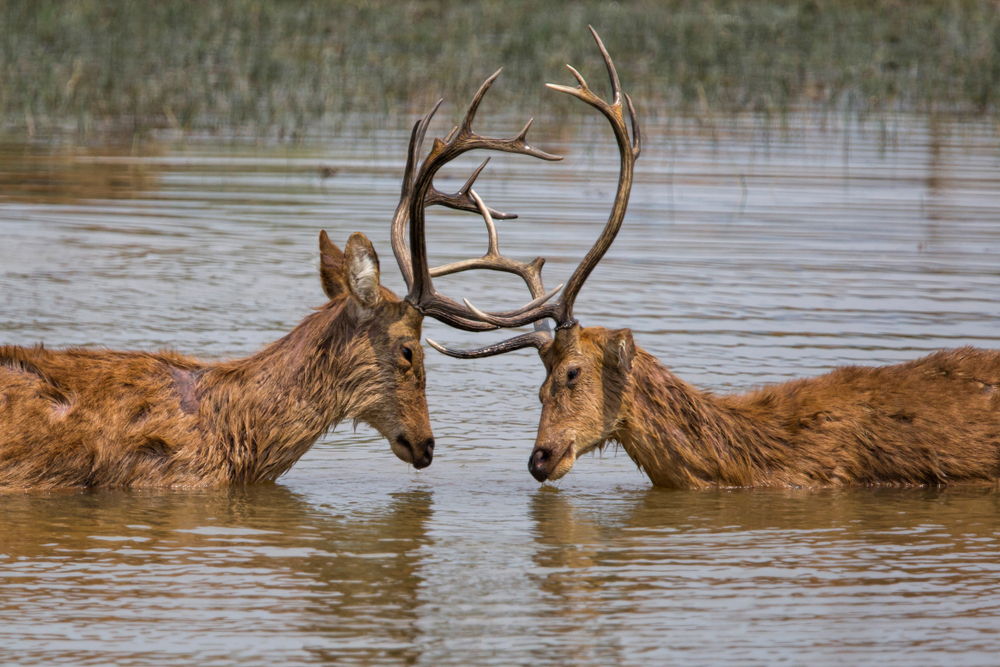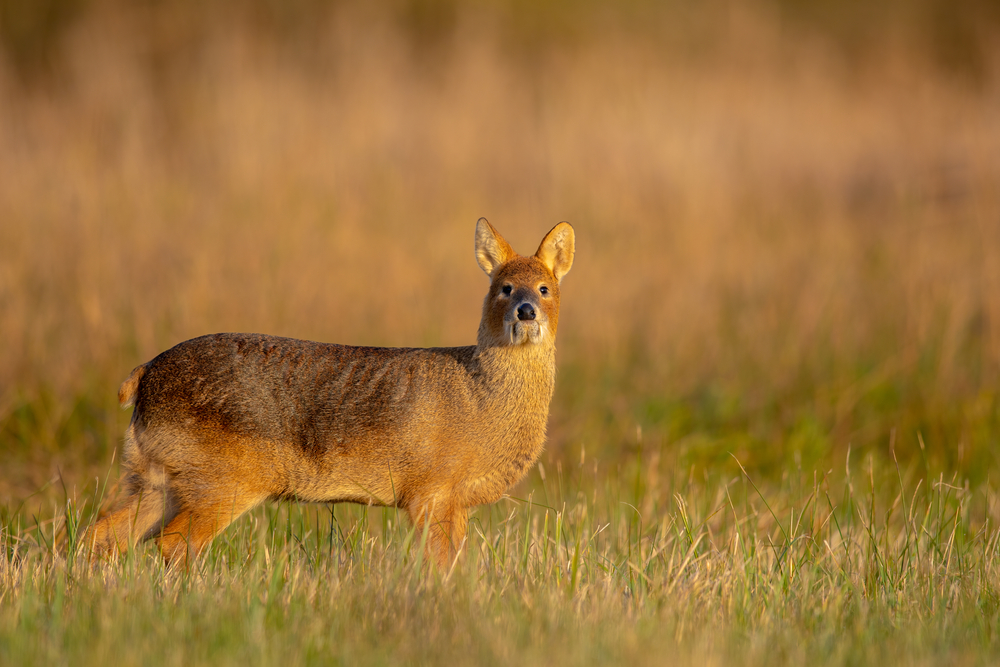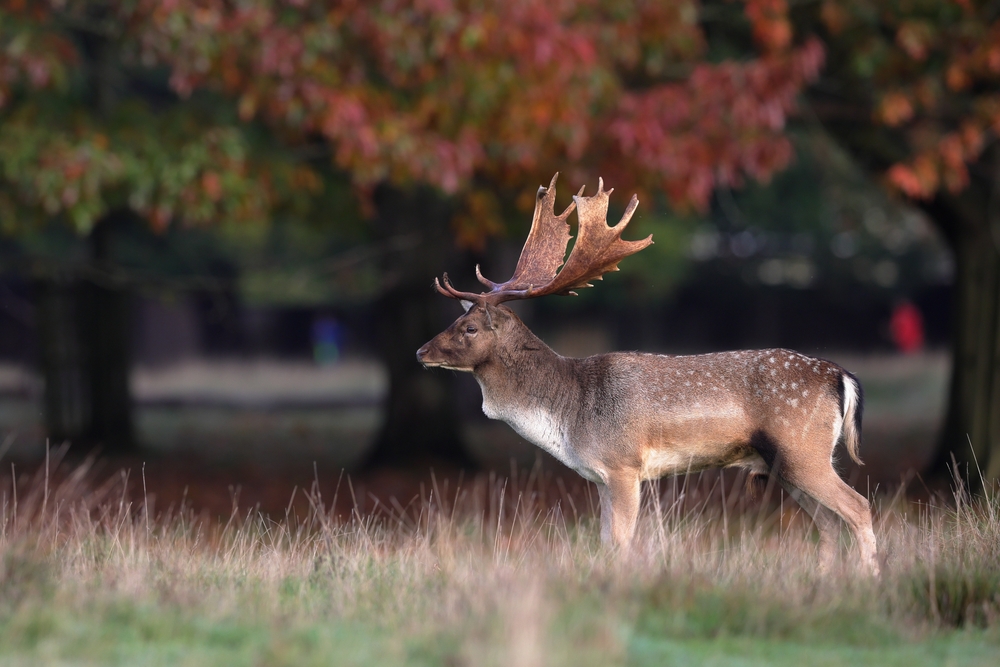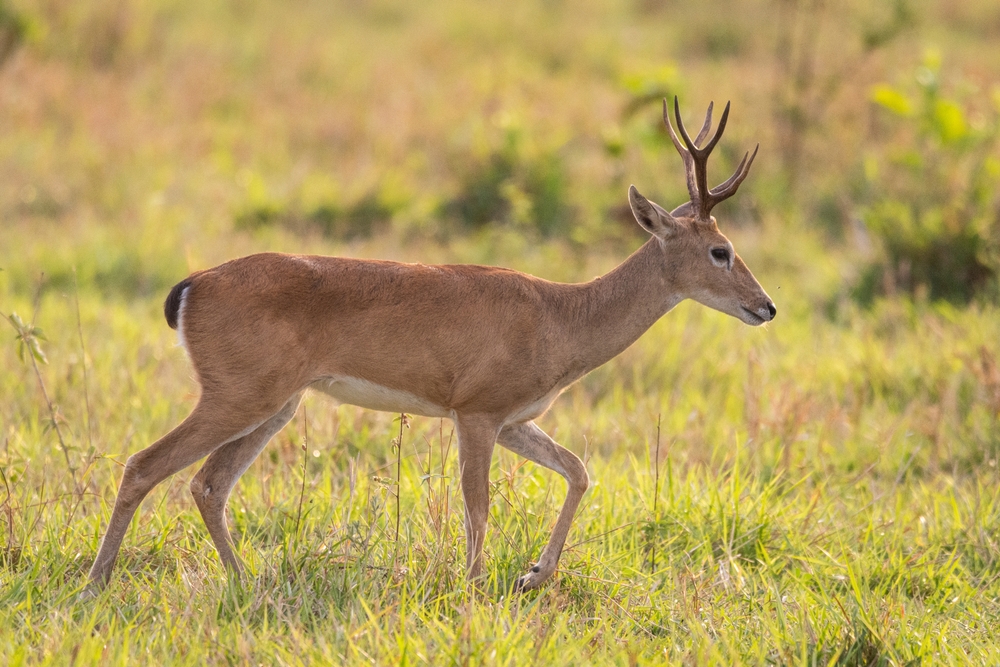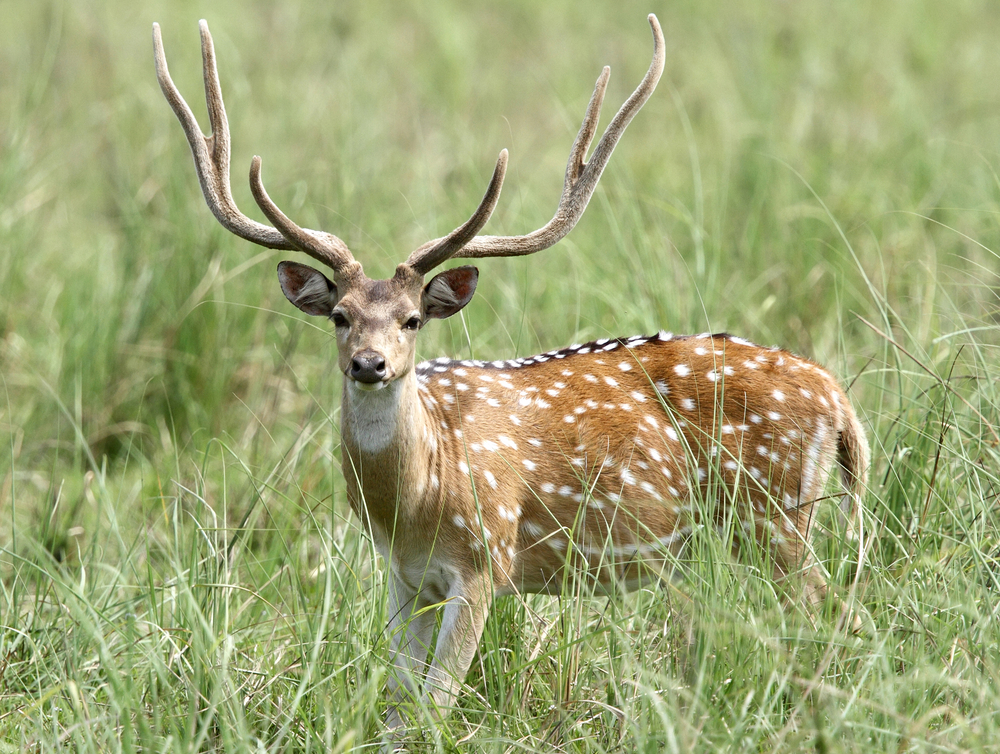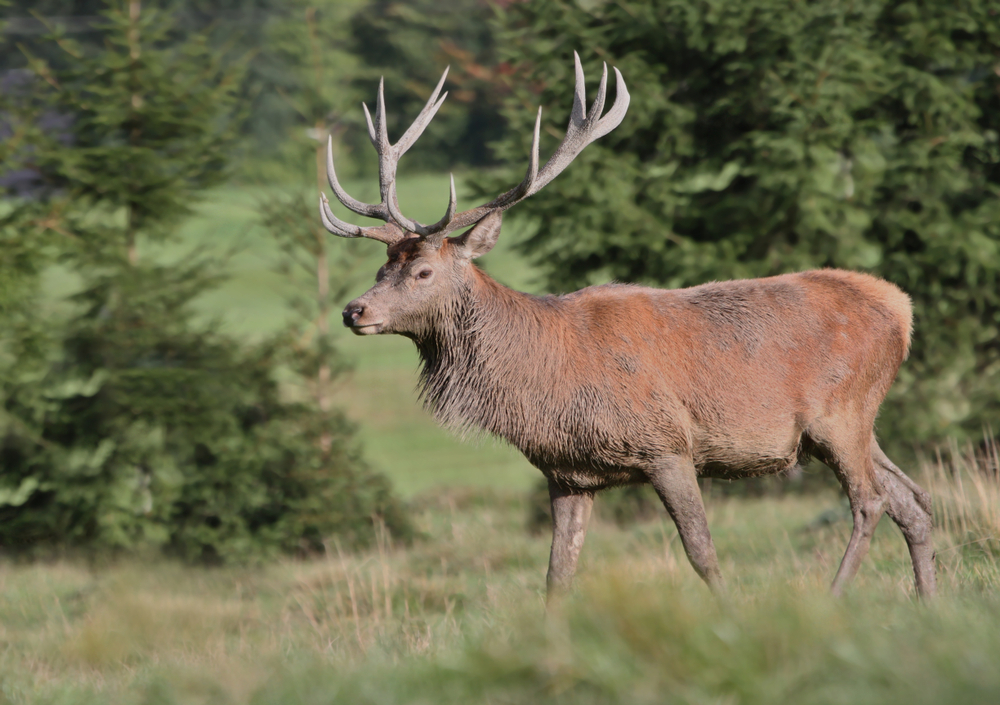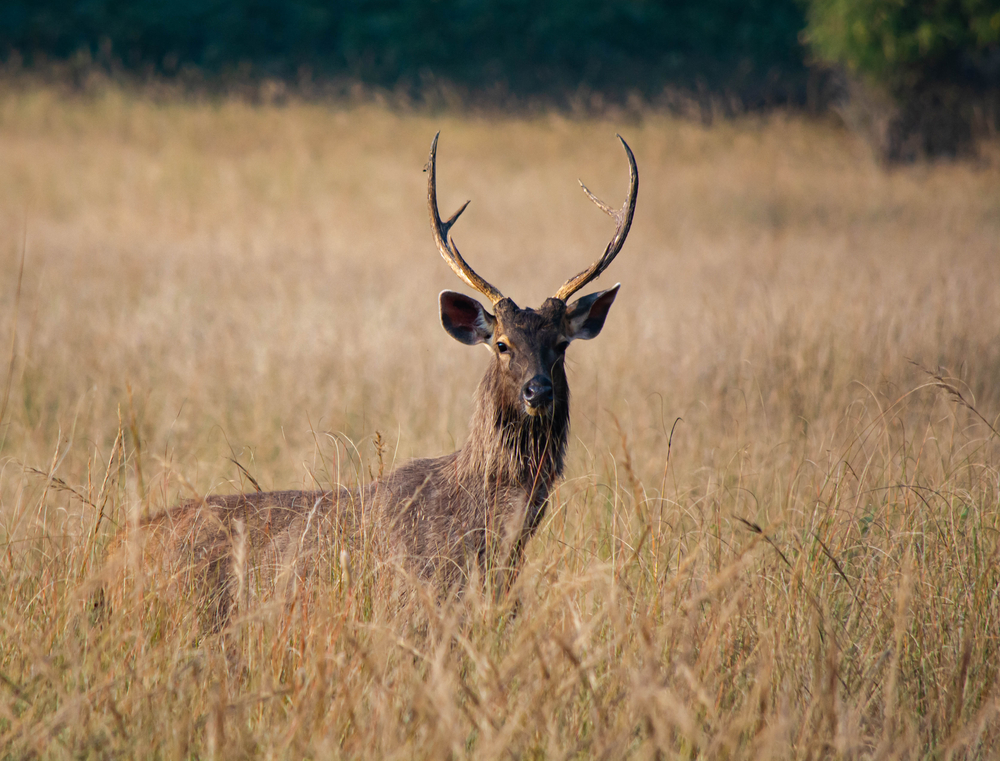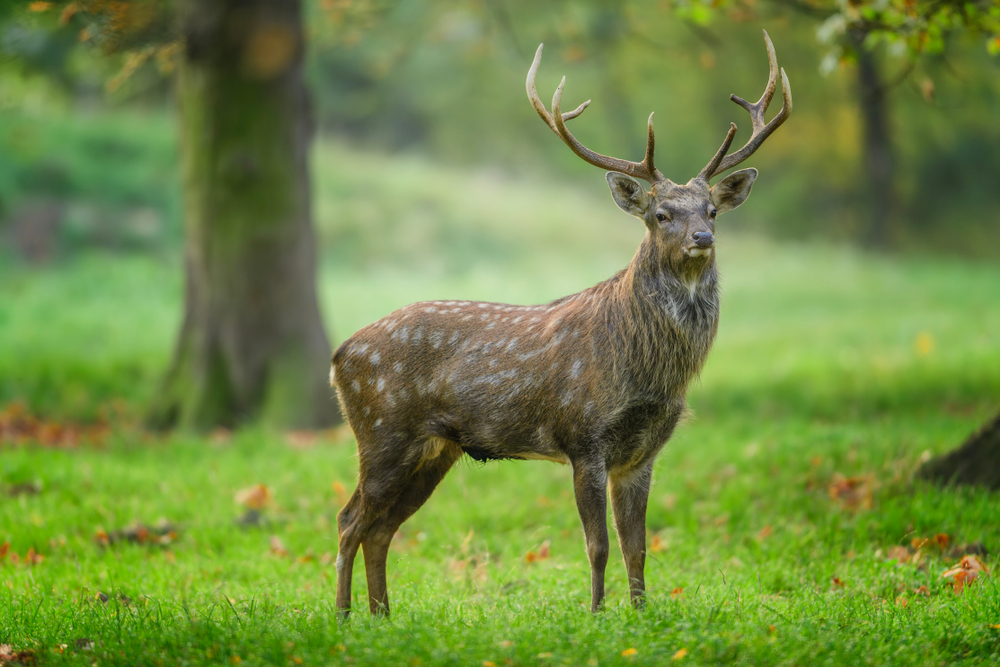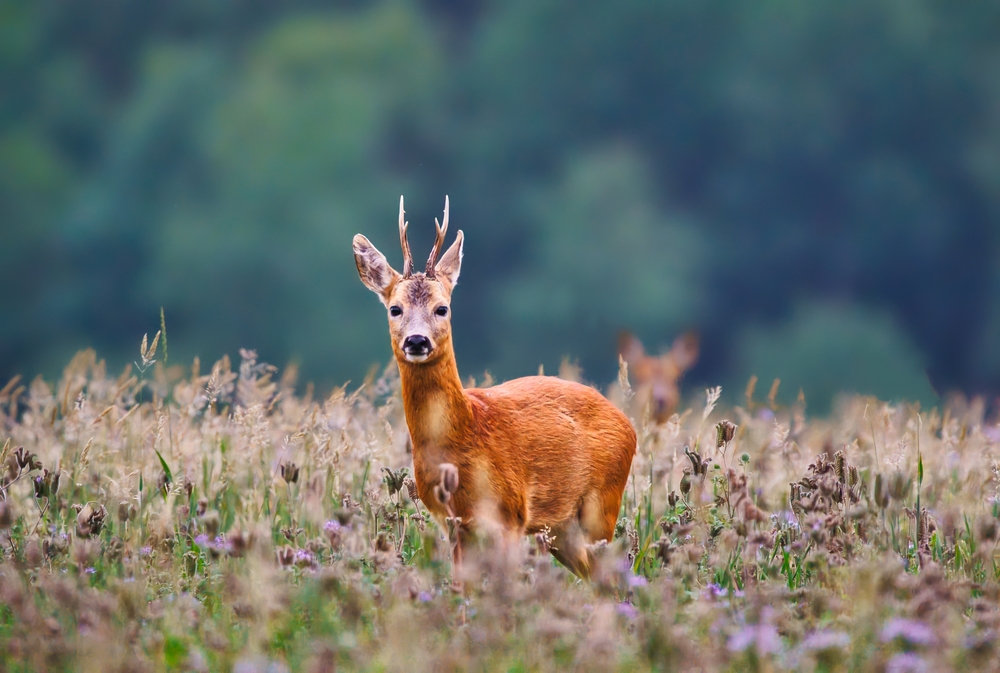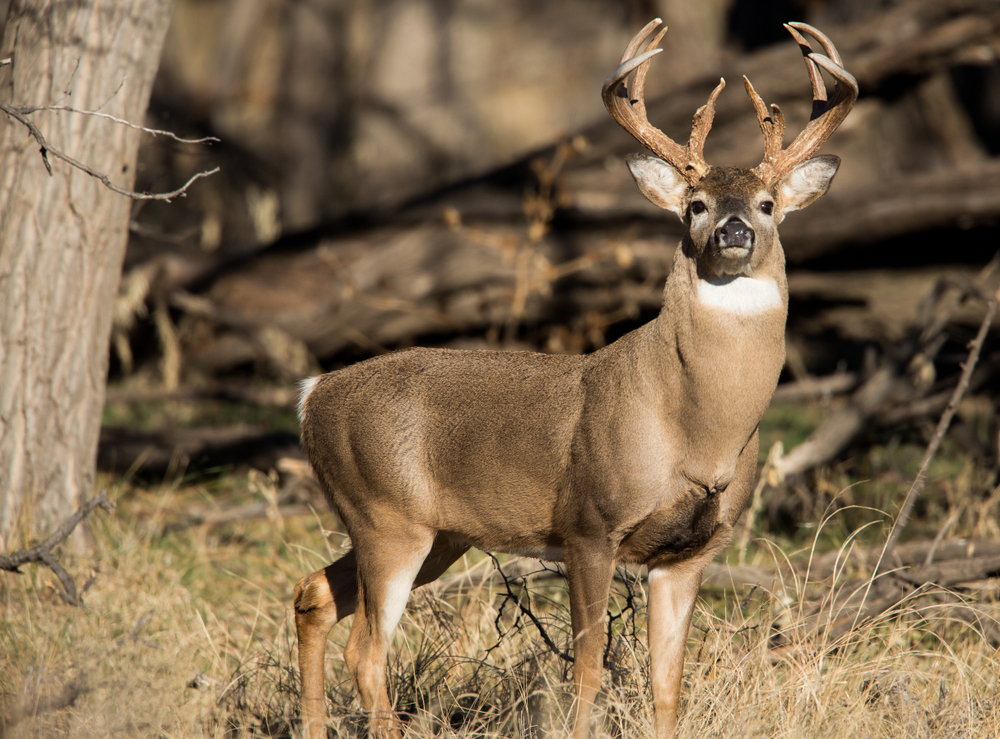About
#Mammals
The swamp deer (Rucervus duvaucelii), also known as the barasingha, is a large, wetland-adapted deer native to the Indian subcontinent. Belonging to the Cervidae family, this species is especially notable for the male’s striking antlers, which typically have twelve or more tines—earning it the Hindi name barasingha, meaning “twelve-horned.” Once widespread across northern and central India, Nepal, and Bangladesh, the swamp deer now survives in fragmented populations, primarily in India.
Adult males stand about 120 cm (47 inches) at the shoulder and weigh up to 180–250 kg (400–550 pounds), while females are smaller. Their coat is yellowish-brown to reddish, with a shaggy appearance, especially during winter. Unlike many deer, swamp deer are social and can often be found in large herds, particularly in protected reserves.
Swamp deer thrive in moist grasslands, floodplains, and marshy meadows near rivers or lakes. They are primarily grazers, feeding on grasses, aquatic plants, and occasional herbs. Their long, splayed hooves help them move through marshy terrain with ease. Unlike other cervids, swamp deer are highly dependent on water and are rarely found far from wetlands.
There are three recognized subspecies, the most endangered of which is the hard-ground barasingha (R. d. branderi), now found only in Madhya Pradesh’s Kanha National Park. Intensive conservation efforts have helped revive this population, making it one of India’s major wildlife success stories.
The swamp deer is classified as Vulnerable by the IUCN, with primary threats including habitat destruction, poaching, and competition with livestock. Continued protection of wetland habitats and expansion of conservation zones are key to the species’ survival.
Threatened:
Extinct
Critically Endangered
Endangered
Vulnerable
Near Threatened
Least Concern



































































